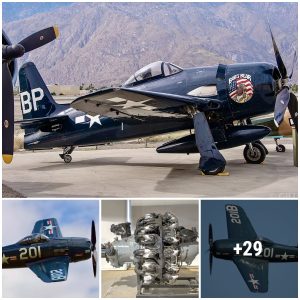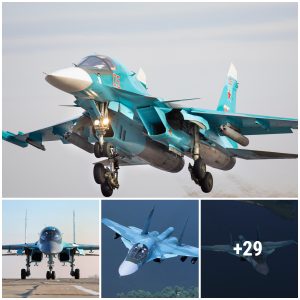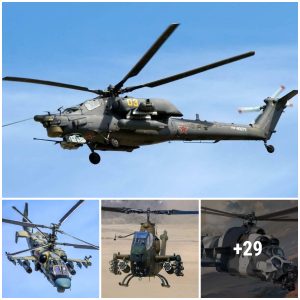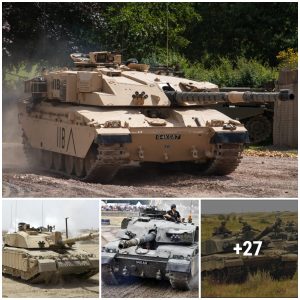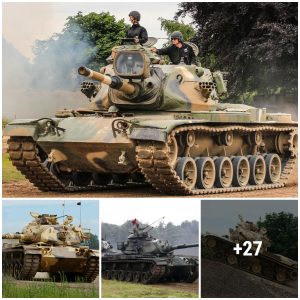In the aftermath of the Yom Kippur War, Egypt’s new President Anwar Sadat undertook extensive efforts to shift his country’s allegiance from the Cold War Soviet Bloc to the Western Bloc, ending a close partnership with the Soviet Union which had lasted two decades.
While the USSR had equipped Egypt’s armed forces with the most capable arms at its disposal, providing the country with a distinct technological advantage in most fields for its major wars with neighbouring Israel, a U.S. and Western defence client, a vast discrepancy in the training and planning of the Egyptian and Israeli armed forces favouring the latter had meant that the former had failed to achieve a single victory.
The Soviet Union had even gone as far as to send its own military personnel to defend Egyptian territory, manning surface to air missile systems and flying fighter jets during the War of Attrition with far better results than their Egyptian counterparts. Soviet aligned communist states North Korea and Cuba had also committed their own personnel to Egypt’s defence.
While the Egyptian military was largely content with its defence ties with the Soviet Union, receiving both protection and vast quantities of the cutting edge weapons at a fraction of their production cost, often in exchange for loans which were later forgiven, the country’s new President’s initiative to pivot westwards meant that the military would need to acquaint itself with European and American made weapons systems – the sales of which were considerably more restricted and the provision of which came at far greater costs.

While Egypt’s Soviet made battle tanks and warships had proven superior to their Israeli analogues, the country’s Soviet made fighter jets faced a slight capability disadvantage against the U.S. made F-4 Phantoms during the 1973 Yom Kippur War.
This was amended soon afterwards with the Soviets delivering advanced twin engine MiG-23 fighters, the most capable of their time, in large numbers from 1974. The United States was however set to imminently induct a new generation of fighter aircraft, the fourth generation, which included the elite F-14 and F-15 heavy fighters, the successors of the F-4, and the lighter and less costly F-16, the successor of the F-5.
With Israel set to induct F-15 air superiority fighters, one of just three countries which would ever be sold the elite platforms, the Egyptian military leadership was adamant that should they support President Sadat’s shift towards Western arms, they should be provided with the most advanced fighters available – the very same as those sold to Israel.
Egypt’s Air Force generals were eager to ensure that they would not be exchanging their position as a first tier Soviet client for a position as a second or third tier Western client, and gaining permission to purchase the F-15 would symbolise their status as a first tier client equal to Israel.
While the United States was initially willing to provide Egypt only with F-5 light fighters, considerably less capable than the aircraft which made up the mainstay of the Egyptian fleet, U.S. negotiators would later offer both the F-4E and the F-16A for export. Neither of these fighters was considerably more capable than the MiG-23 Egypt already fielded.
Though the F-16 was a next generation fighter, it was designed as a light single engine platform wholly incapable of matching the elite F-15 in the air. The fighter, much like the F-5 before it, was designed to be widely exported to America’s third world allies while the heavier F-15 was reserved only for first rate clients. Indeed, the F-16’s speed, operational altitude and payload were all considerably inferior to those of both the F-4 and the MiG-23, despite being a generation ahead of these fighters.
During negotiations with the United States Egyptian President Sadat, well aware of the position of the military leadership at home, insisted that his country had to be provided with the F-15 should his generals endorse Egypts’ pivot to the Western Bloc. U.S. officials argued that Egypt, despite operating the significantly more complex MiG-23, were not ready to absorb the F-15 due to its complexity and sophistication. The further noted that the fighter was considerably more expensive than the F-16, approximately double the price, and that pro Israeli forces in the U.S. congress would block the sale of the advanced fighters to Egypt to ensure a continuing Israeli technological advantage in the air.
With the U.S. hardly willing to provide the same generous terms as the Soviets had, extreme discounts and payment in loans for the fighter jets, the Egyptian fleet was set to be considerably smaller operating American jets than it had been as a Soviet client. Nevertheless, acquisition of the F-15 appeared a non negotiable issue – not due primarily to the capabilities of the fighter itself but rather to what it would symbolise regarding Egypt’s position as a first tier Western partner.
Egypt would go on to become a major client for U.S. arms, fighter jets included, though the Air Force never received the F-15. The Egyptian President had instead reached a compromise wit the U.S. negotiators. The United States agreed ‘in principle’ to sell the F-15 to Egypt – but only on the condition that Sadat’s government pledge beforehand to decline the offer in favour of the cheaper and less capable F-16.
The solution allowed the President to claim Egypt has secured a position as a first tier Western partner, and equality with Israel in its right to acquire the latest arms, when none of this was in fact true. Egypt’s Defence Minister, Kamal Hassan Ali, was thus quoted in 1980 proclaiming that the United States had agreed to arm the country with the F-15 – which was true only on paper. While the fact was widely reported, and was seen as a considerable Egyptian diplomatic triumph, it was in fact a meaningless statement.
That following year, 1981, the Soviet Union would induct its first fourth generation heavy combat platform into service – the MiG-31 Foxhound interceptor. The platform was more than capable of engaging the F-15, and could do so at over six times the range of the American fighter operated by Israel.
Had Egypt retained its partnership with the Soviet Union, it could have very likely been flying a sizeable Foxhound fleet at negligible cost by 1985 – providing it with not only parity but actual technological superiority in the air against the Israeli Air Force. This would further be compounded by induction of the Su-27 air superiority fighter, a heavy platform designed specifically to surpass the F-15 which entered service in 1985.
As it was, Egypt’s air force would never induct an air superiority fighter analogous to the F-15 into service and continues to lack a similarly capable platform 40 years later. By deceiving his generals and pushing for a partnership with the United States regardless of the costs, President Sadat would ensure a continuing qualitative disadvantage for the Egyptian Air Force for decades to come – one which the country’s new military government has only recently begun to take steps to amend.

